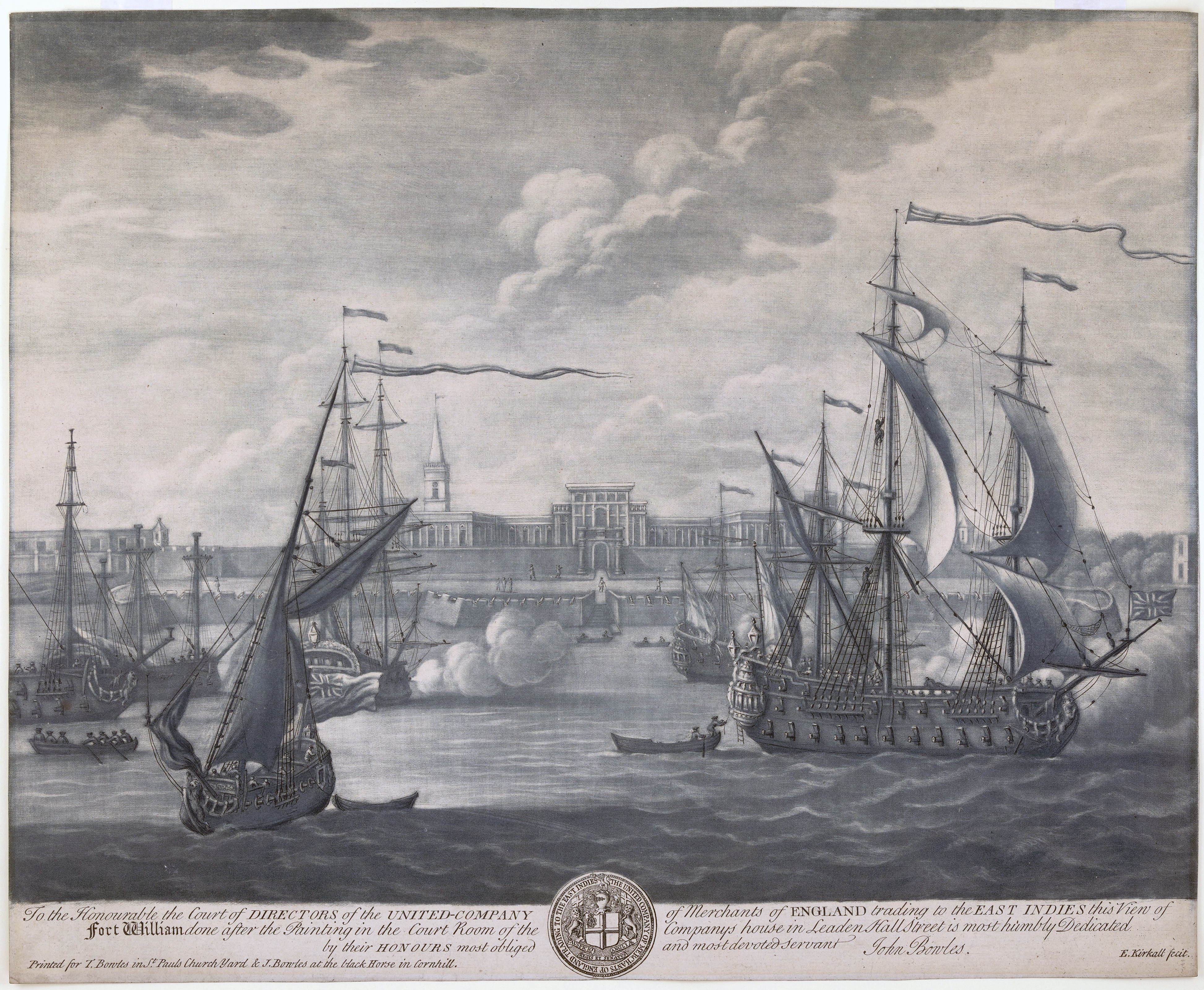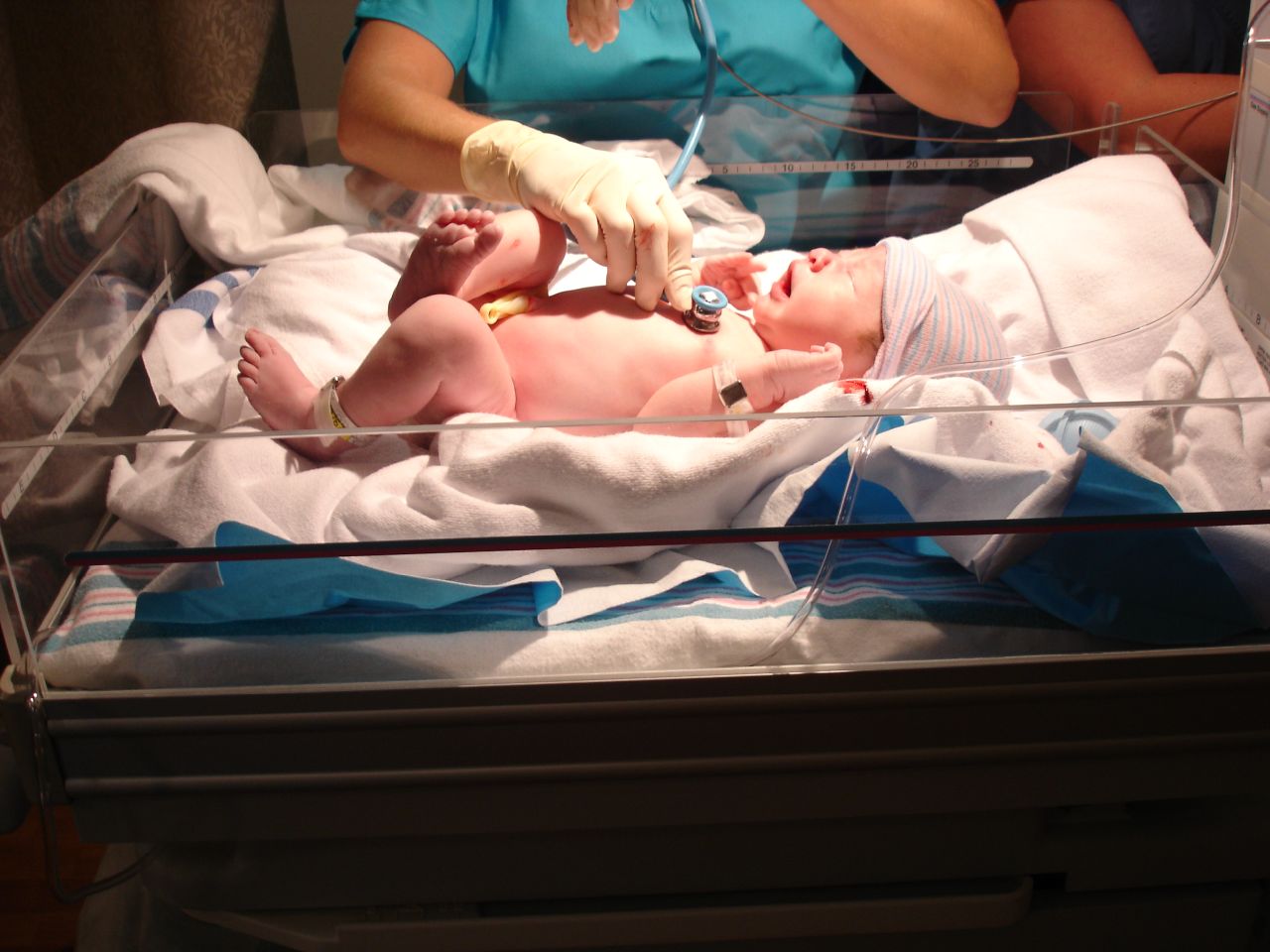|
Meharban Singh
Meharban Singh is an Indian pediatrician, neonatologist and medical writer, who has published more than 10 books on child care. He was WHO consultant on Newborn Care in South-East Asia for longtime. He has served for more than 3 decades in All India Institute of Medical Sciences, New Delhi. He was president of the Indian Academy of Pediatrics in 1993. Positions held # Professor and Head, Department of Pediatrics and Neonatology Division, All India Institute of Medical Sciences, New Delhi. # Established the first WHO Collaborating Centre for Training and Research in Newborn Care in South-East Asia region at All India Institute of Medical Sciences, New Delhi. # WHO consultant and MCH Advisor to several developing countries. # Director, Indira Gandhi Institute of Child Health, Kabul, Afghanistan during 1979–83. # Visiting Professor of Pediatrics to several countries including Afghanistan, Iran, Nepal, Saudi Arabia, Libya, Kuwait, UAE, Sri Lanka, Malaysia, Bangladesh, Republ ... [...More Info...] [...Related Items...] OR: [Wikipedia] [Google] [Baidu] |
British India
The provinces of India, earlier presidencies of British India and still earlier, presidency towns, were the administrative divisions of British governance on the Indian subcontinent. Collectively, they have been called British India. In one form or another, they existed between 1612 and 1947, conventionally divided into three historical periods: *Between 1612 and 1757 the East India Company set up factories (trading posts) in several locations, mostly in coastal India, with the consent of the Mughal emperors, Maratha Empire or local rulers. Its rivals were the merchant trading companies of Portugal, Denmark, the Netherlands, and France. By the mid-18th century, three ''presidency towns'': Madras, Bombay and Calcutta, had grown in size. *During the period of Company rule in India (1757–1858), the company gradually acquired sovereignty over large parts of India, now called "presidencies". However, it also increasingly came under British government oversight, in effect shar ... [...More Info...] [...Related Items...] OR: [Wikipedia] [Google] [Baidu] |
India
India, officially the Republic of India ( Hindi: ), is a country in South Asia. It is the seventh-largest country by area, the second-most populous country, and the most populous democracy in the world. Bounded by the Indian Ocean on the south, the Arabian Sea on the southwest, and the Bay of Bengal on the southeast, it shares land borders with Pakistan to the west; China, Nepal, and Bhutan to the north; and Bangladesh and Myanmar to the east. In the Indian Ocean, India is in the vicinity of Sri Lanka and the Maldives; its Andaman and Nicobar Islands share a maritime border with Thailand, Myanmar, and Indonesia. Modern humans arrived on the Indian subcontinent from Africa no later than 55,000 years ago., "Y-Chromosome and Mt-DNA data support the colonization of South Asia by modern humans originating in Africa. ... Coalescence dates for most non-European populations average to between 73–55 ka.", "Modern human beings—''Homo sapiens''—originated in Africa. Th ... [...More Info...] [...Related Items...] OR: [Wikipedia] [Google] [Baidu] |
Neonatology
Neonatology is a subspecialty of pediatrics that consists of the medical care of newborn infants, especially the ill or premature newborn. It is a hospital-based specialty, and is usually practised in neonatal intensive care units (NICUs). The principal patients of neonatologists are newborn infants who are ill or require special medical care due to prematurity, low birth weight, intrauterine growth restriction, congenital malformations (birth defects), sepsis, pulmonary hypoplasia or birth asphyxia. Historical developments Though high infant mortality rates were recognized by the medical community at least as early as the 1860s, advances in modern neonatal intensive care have led to a significant decline in infant mortality in the modern era. This has been achieved through a combination of technological advances, enhanced understanding of newborn physiology, improved sanitation practices, and development of specialized units for neonatal intensive care. Around the mid-1 ... [...More Info...] [...Related Items...] OR: [Wikipedia] [Google] [Baidu] |
All India Institute Of Medical Sciences, New Delhi
All India Institute of Medical Sciences, New Delhi, also known as AIIMS Delhi, is a public medical research university and hospital in New Delhi, India. The institute is governed by the AIIMS Act, 1956 and operates autonomously under the Ministry of Health and Family Welfare. History The idea of AIIMS arose in 1946, after a recommendation by the Health Survey of the Government of India. From then to the establishment and development of AIIMS (New Delhi) over the ensuing years, several illustrious individuals played their part in bringing the idea to fruition. Originally proposed by the then Prime Minister of India Jawaharlal Nehru for establishment in Calcutta, it was established in New Delhi following the refusal of Chief Minister of West Bengal Bidhan Chandra Roy. The foundation stone of AIIMS Delhi was laid in 1952. On February 18, 1956, the then Minister of Health, Rajkumari Amrit Kaur, introduced a new bill in the Lok Sabha, that would eventually become the AIIMS Act. ... [...More Info...] [...Related Items...] OR: [Wikipedia] [Google] [Baidu] |
Pediatrician
Pediatrics ( also spelled ''paediatrics'' or ''pædiatrics'') is the branch of medicine that involves the medical care of infants, children, adolescents, and young adults. In the United Kingdom, paediatrics covers many of their youth until the age of 18. The American Academy of Pediatrics recommends people seek pediatric care through the age of 21, but some pediatric subspecialists continue to care for adults up to 25. Worldwide age limits of pediatrics have been trending upward year after year. A medical doctor who specializes in this area is known as a pediatrician, or paediatrician. The word ''pediatrics'' and its cognates mean "healer of children," derived from the two Greek words: (''pais'' "child") and (''iatros'' "doctor, healer"). Pediatricians work in clinics, research centers, universities, general hospitals and children's hospitals, including those who practice pediatric subspecialties (e.g. neonatology requires resources available in a NICU). History The ... [...More Info...] [...Related Items...] OR: [Wikipedia] [Google] [Baidu] |
Neonatologist
Neonatology is a subspecialty of pediatrics that consists of the medical care of newborn infants, especially the ill or premature newborn. It is a hospital-based specialty, and is usually practised in neonatal intensive care units (NICUs). The principal patients of neonatologists are newborn infants who are ill or require special medical care due to prematurity, low birth weight, intrauterine growth restriction, congenital malformations (birth defects), sepsis, pulmonary hypoplasia or birth asphyxia. Historical developments Though high infant mortality rates were recognized by the medical community at least as early as the 1860s, advances in modern neonatal intensive care have led to a significant decline in infant mortality in the modern era. This has been achieved through a combination of technological advances, enhanced understanding of newborn physiology, improved sanitation practices, and development of specialized units for neonatal intensive care. Around the mid-19th ... [...More Info...] [...Related Items...] OR: [Wikipedia] [Google] [Baidu] |
Medical Writer
A medical writer, also referred to as medical communicator, is a person who applies the principles of clinical research in developing clinical trial documents that effectively and clearly describe research results, product use, and other medical information. The medical writer develops any of the five modules of the Common Technical Document. The medical writers also ensure that their documents comply with regulatory, journal, or other guidelines in terms of content, format, and structure. Medical writing as a function became established in the pharmaceutical, medical device industry and Contract Research Organizations (CROs) because the industry recognized that it requires special skill to produce well-structured documents that present information clearly and concisely. All new drugs go through the increasingly complex process of clinical trials and regulatory procedures that lead to market approval. This demand for the clear articulation of medical science, drives the demand fo ... [...More Info...] [...Related Items...] OR: [Wikipedia] [Google] [Baidu] |



